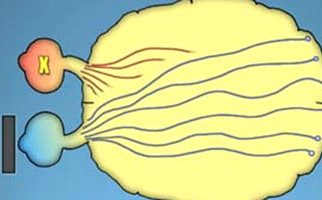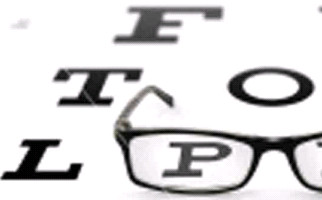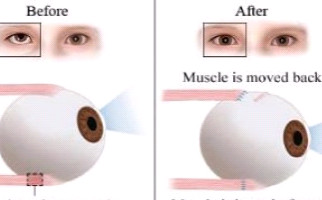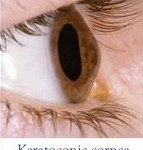Amblyopia
What exactly is amblyopia and which are its main causes?
Amblyopia, also known as ‘lazy eye’ is the most common eye disorder in childhood. For some reason, in amblyopia condition, vision in one or occasionally in both eyes was not developed properly. Anatomically an eye with amblyopia is absolutely normal and healthy. The paradox situation is the fact that its visual acuity is reduced even with the best refractive correction (this state is not improved with spectacles, contact lenses or refractive surgery). So the causes of vision loss are not pathological but functional.
The explanation of amblyopia is based on the fact that it is likely for the human brain, during the early ages, not to be capable of receiving clearly visual stimuli from one eye, so as to get used to decoding them into visual information. In fact this is a brain dysfunction which should be discovered in early childhood. Basically, human brain gives ‘priority’ to only one eye and the other reveals malfunctions and becomes ‘lazy’. The main causes of amblyopia are high hyperopia, anisometropia and strabismus.
Amblyopia types:
There are 3 types of amblyopia:
- Strabismic amblyopia: when the underlying cause is the misalignment of the eyes (strabismus)
- Deprivation and occlusion amblyopia : due to cataract
- Refractive amblyopia: due to high refractive errors (myopia, hyperopia, astigmatism) or anisometropia (refraction difference in 2 eyes)
Treatment:
Diagnosis of amblyopia has to be performed during the early childhood for early treatment. World-widely, the certified and the most prevalent treatment is covering the ‘healthy’ eye, usually in strabismic amblyopia, so as to train and exercise the other (improvement in visual performance). Two hours of eye covering during a day are enough in case amblyopia is not extended and patient’s age ranges between 3 and 8 years. But to prevent amblyopia progress also at the dominant eye, an important presupposition is the condition’s continuous monitoring by a qualified ophthalmologist.















